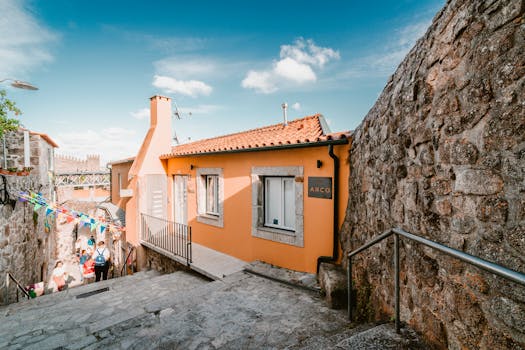
Cultural Fusion: Embracing Diversity in European Lifestyles by 2025
Cultural Fusion is the focus keyword that is becoming increasingly prominent in European lifestyles, and for good reason. As the world becomes more interconnected, the need to embrace diversity and promote inclusion has never been more pressing. By 2025, it is expected that cultural fusion will have transformed European lifestyles, creating a more vibrant and dynamic cultural landscape.
What is Cultural Fusion?
Cultural fusion refers to the blending of different cultural practices, traditions, and values to create a new and unique cultural identity. This can manifest in various ways, such as through music, art, literature, cuisine, and even language. In Europe, cultural fusion is particularly significant, given the continent’s rich history of cultural exchange and diversity.
Benefits of Cultural Fusion
The benefits of cultural fusion are numerous. For one, it promotes cross-cultural understanding and tolerance, helping to break down social and cultural barriers. It also fosters creativity and innovation, as different cultural perspectives and traditions come together to create something new and original. Furthermore, cultural fusion can help to preserve cultural heritage, by promoting the exchange and appreciation of different cultural practices and traditions.
Examples of Cultural Fusion in Europe
There are many examples of cultural fusion in Europe, each with its unique characteristics and influences. For instance, the city of Berlin is known for its vibrant arts and cultural scene, which reflects the city’s rich history of cultural exchange and diversity. Similarly, the city of London is a melting pot of different cultures, with a diverse range of cuisines, music, and art reflecting the city’s global connections.
Challenges and Opportunities
While cultural fusion presents many opportunities for growth and development, it also poses some challenges. One of the main challenges is the risk of cultural homogenization, where one culture dominates others, leading to the loss of cultural diversity and heritage. Additionally, cultural fusion can also be met with resistance and skepticism, particularly from those who are wary of change or feel threatened by the influence of other cultures.
Conclusion
In conclusion, cultural fusion is an integral part of European lifestyles, and its significance will only continue to grow by 2025. By embracing diversity and promoting inclusion, we can create a richer and more dynamic cultural landscape, where different cultural practices and traditions come together to create something new and original. As we look to the future, it is essential that we prioritize cultural fusion, recognizing its potential to promote cross-cultural understanding, creativity, and innovation.





